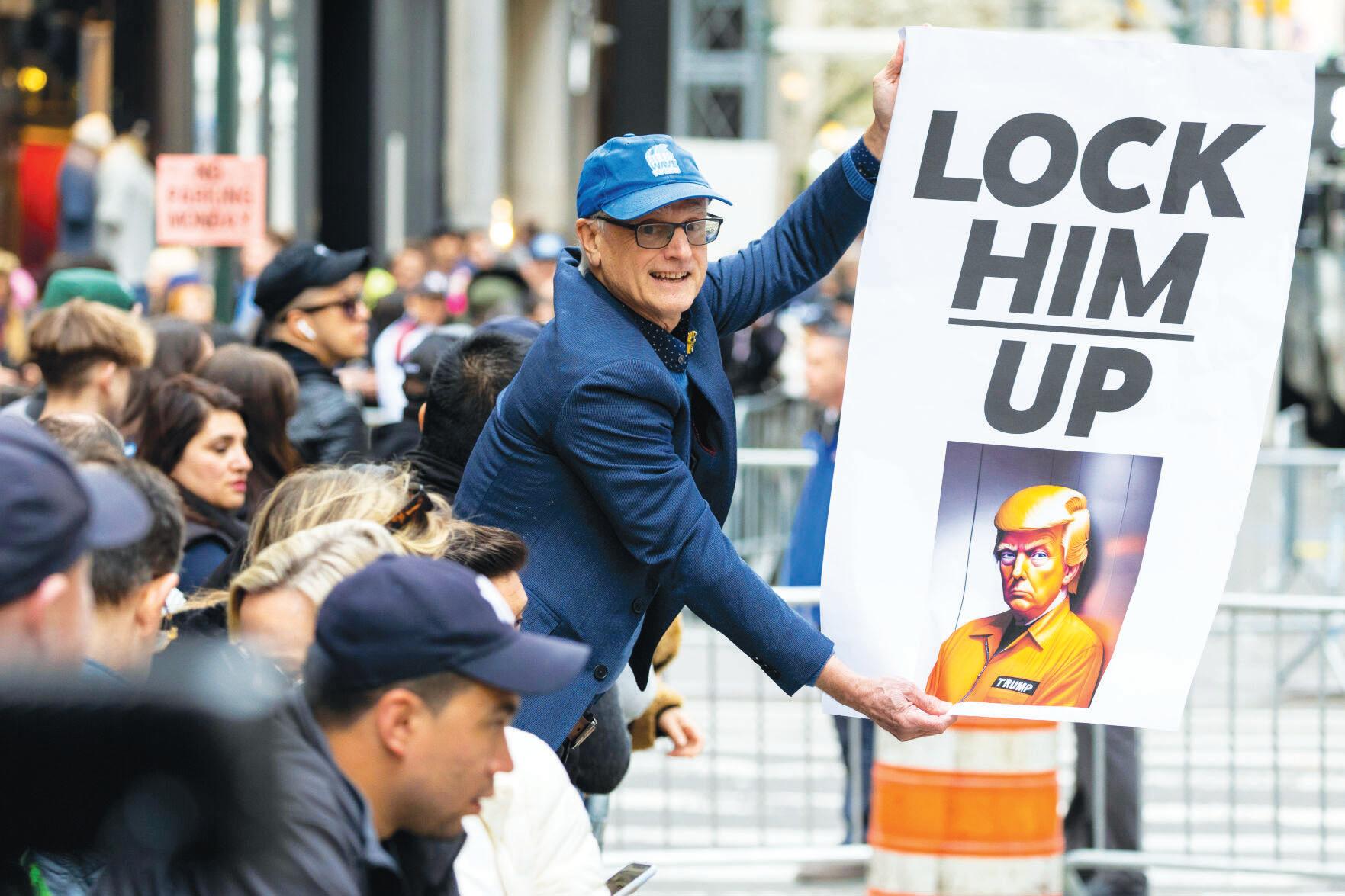
11 minute read
What Trump’s business fraud charges mean: A former prosecutor explains the 34 felony counts and obstacles ahead for Manhattan’s DA
By Jeffrey Bellin Mills E. Godwin, Jr., Professor of Law, William & Mary Law School
Former President Donald Trump was arraigned in New York on April 4, 2023. Shortly after, the charges that a Manhattan grand jury indicted him on were made public.
As anticipated, there were numerous counts of falsifying business records related to “hush money” payments made in 2016 to three individuals with potentially damaging information about Trump during his presidential election campaign. While porn actress Stormy Daniels and another woman allegedly had affairs with Trump, another person – a Trump Tower doorman – claimed to know about a child Trump “allegedly fathered out of wedlock.”
Manhattan District Attorney Alvin Bragg and his office described Trump’s alleged criminal activity as arising out of a “‘catch and kill’ scheme to identify, purchase, and bury negative information about him and boost his electoral prospects,” according to an April 3 media release.
“Trump then went to great lengths to hide this conduct, causing dozens of false entries in business records to conceal criminal activity, including attempts to violate state and federal election laws,” the statement continues. I am a former prosecutor and law professor who studies the American criminal justice system. Now, with the indictment unsealed, The Conversation asked me to weigh in. Here are three key points to understand – and the challenges that lie ahead for the prosecution of the former president.
1. Falsified business records are the key issue
The unsealed indictment alleges 34 separate felony counts of falsifying business records. Creating a false business record with the intent to defraud is a Class A misdemeanor offense in New York. But the offense becomes a low-level Class E felony if prosecutors can prove that the false business records were created for the purpose of facilitating a second crime.
It is important to keep in mind that the alleged crimes are not the payoffs, but the false business records used to document those payoffs. That explains the 34 counts.
The district attorney alleges a separate offense for each false invoice and business record involved in obscuring the true nature of the transactions.
Each count is punishable by up to four years in prison, but it is possible that, even if there are convictions on multiple counts, the judge will not mandate any incarceration for Trump at all.
One of the surprises in the unsealed indictment is that, while there is a second, separate crime Trump allegedly committed, that crime is not specified. A separate statement of facts released by the Manhattan district attorney’s office lays out further detail, but again does not specifically identify the second crime.
Bragg said during a press conference on April 4, 2023, that New York law does not require him to list the underlying crimes in the indictment. The statement of facts hints at multiple legal theories that Bragg will rely on to elevate the misdemeanor offense to a felony. Specifically, this could include potential tax avoidance and campaign finance violations.
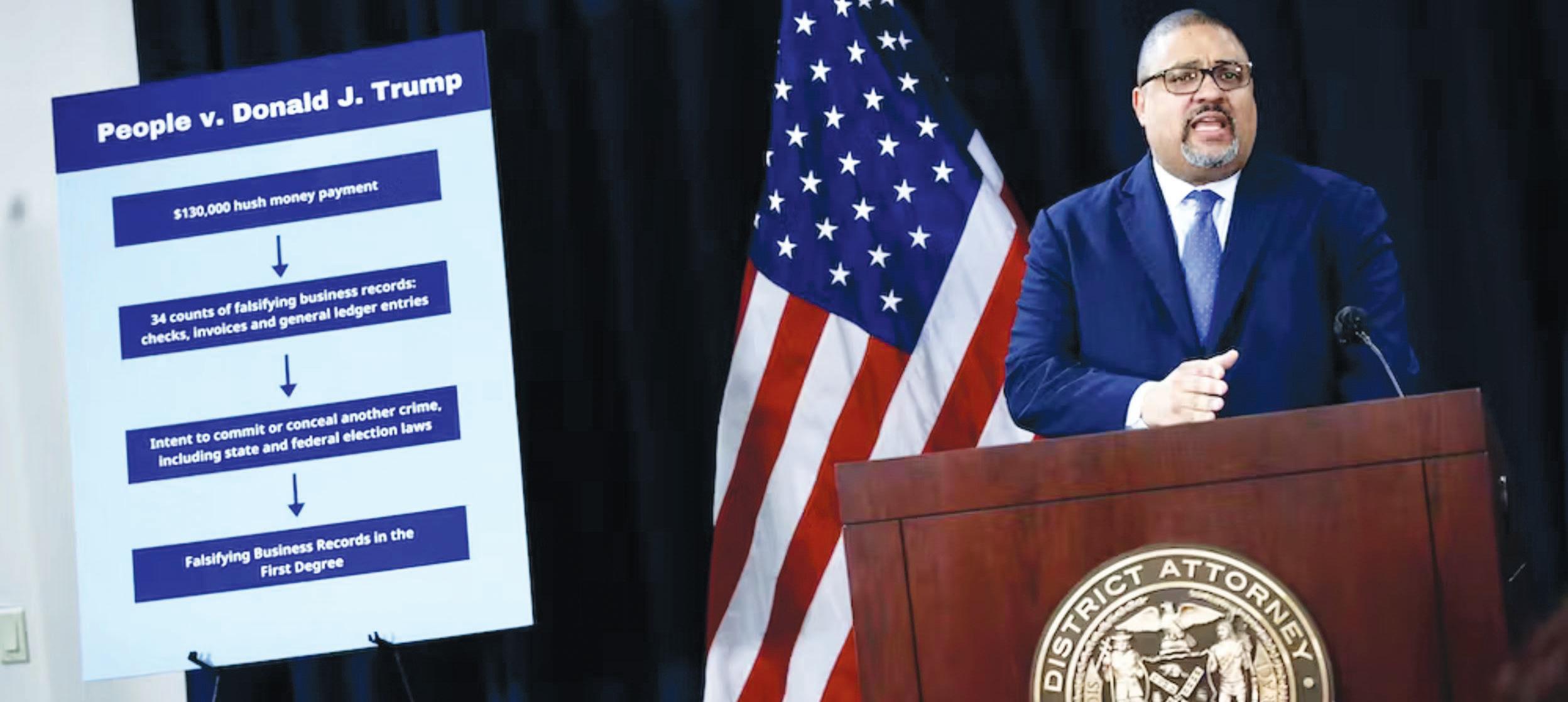
2.
Bragg will have to prove Trump’s involvement, fraudulent intent
The prosecution has a number of obstacles to overcome to prove its case, which will likely not go to trial until, at the earliest, late 2023 or early 2024.
Although there is still a lot that is not yet known – such as the specific evidence that the prosecutor will rely on – the indictment and statement of facts brings the key obstacles into focus.
Some of the challenges will be factual and others will be legal.
I see two primary factual questions. One will be whether the prosecution can establish Trump’s personal involvement in creating the false business records.
It will not be enough to show that Trump authorized the hush money payments at the center of this case. The prosecution has to show Trump’s personal involvement in the details, and specifically, that he directed others to create the false business records that allegedly hid the true nature of those transactions.
Second, the prosecution will have to prove that Trump’s intent in creating these false business records was to cover up, or facilitate, another crime – such as campaign finance violations. If Trump merely sought to avoid embarrassment arising out of these alleged affairs, that will not be sufficient to prove the charged offenses. One way prosecutors try to prove criminal intent in cases like this is through the defendant’s own words. This can be via recordings, if they exist, or testimony from witnesses about what the defendant knew and said about the records as they were being created.
3. There will be other legal hurdles There are also some complex legal questions that the trial judge and potentially an appeals court will be asked to resolve.
Typical prosecutions – for example, a murder trial or one involving drug dealing or insider trading – fall into familiar patterns that allow prosecutors, judges and commentators to follow the same basic blueprint.
There does not appear to be a familiar blueprint for this case – where a false business record was generated in an organization’s records in furtherance of alleged campaign finance violations.
That doesn’t necessarily mean this is a bad case for the prosecution to pursue, but it does mean that Trump’s lawyers will have ample opportunity to launch legal challenges. The most obvious challenge I foresee is an attack on Bragg’s legal theory that takes this case from a misdemeanor to a felony.
Until there is more clarity on that theory, however, it is difficult to predict how the courts will rule.
Beyond the legal and factual complexities, there will be a series of novel aspects of this case that arise because of the defendant’s status as a former president and the apparent front-runner for the 2024 Republican presidential nomination. Every aspect of this case will be scrutinized and, while New York City courts are used to media attention, the attention in this case is likely to be unprecedented. That attention will put a lot of pressure on a criminal justice system that is already overburdened and imperfect. It is difficult to forecast how this case will play out, but one thing to expect during these proceedings is the unexpected. new businesses among all races do not receive any outside investors. Most people use the equity in their homes to start their firms. This is a huge disadvantage to Black folks in Minnesota because of the home ownership gap. Further, the report stated that minority owned businesses experience higher loan denial probabilities and pay higher interest rates than white-owned businesses even after controlling for differences in credit-worthiness, and other factors. Limited access to investment capital in its many forms is inextricably linked to systemic discrimination in lending, housing, and employment. It cripples Black business development.
Jeffrey Bellin does not work for, consult, own shares in or receive funding from any company or organization that would benefit from this article, and has disclosed no relevant affiliations beyond their academic appointment. This article is republished from The Conversation under a Creative Commons license.
2. That the Governor hold his appointed State Commissioners and the state departments they lead accountable for measurable and reportable processes and strategies to eliminate disparities that exist in and that are supported by policies and procedures of state governance.
3. That the Minnesota Legislature prioritize intentional solution making that can occur when Legislators, Committee Chairs and Committees engage Minnesota’s Black community at the table of decision.
4. Housing Invest now in multiple housing options for the Black community to close the home ownership gap.
Multiple housing options are an important part of any community. It provides a safe and affordable place for people to live and can help reduce poverty and homelessness. However, there are many challenges associated with providing low-income housing, such as limited resources, high demand, and the need to ensure that the housing is safe and secure. Minneapolis has one of the widest homeownership gaps in the country between whites and Blacks.
2. Employment Invest now in creating employment opportunities for the Black community
In an article published by the Urban Institute, the issue of Black employment was addressed.


It stated that, “while many are heralding the drop in the national Black male unemployment rate, which recently fell below 10 percent for the first time in seven years, joblessness remains much higher in many poor African American communities. It stated that for many low-income Black men, finding and keeping work is a constant struggle, never far from their minds. Black job applicants might not even make it into the queue if they have had an encounter with the criminal justice system. Helping Black folks secure steady employment at decent wages will require resources to break down the institutional barriers that separate people from decent job opportunities and to enable Black people to build the skills needed for well-paying jobs
3. Public Safety
Invest now in Public Safety in the Black community.
Public safety exists to protect citizens, organizations, and communities by preventing them from being in danger and guarding their well-being. Abraham Maslow defined safety in his famous “Hierarchy of Human Needs“. He said that to function as a society public safety is needed. He said this safety goes beyond just physical safety but also safety when it comes to health, money, possessions, and family. Less we forget, there’s an Emotional Impact on Public Safety. When folks feel unsafe, it could have major effects on individuals, their loved ones, and the community they live in. Violence has been way to prevalent in the inner cities of Minneapolis and St. Paul. Playgrounds are unsafe, the streets are unsafe, and the shopping malls are unsafe.
5. Education
Invest now in ensuring that our Black students are educated at the same level as White students.
Dr. Sinclair Grey lll stated that education is without a doubt crucial to the success of our students competing for jobs. Quality education that enforces and reinforces math, science, writing, and cognitive thinking will separate those who desire a prosperous future from those who are simply content with getting by. Yet, in Minnesota, reading test scores for Black students are over 20 points below state average and math test scores are 20 points below state average. Minnesota ranks 50th in the nation for Black students who graduate on time. Minnesota has one of the worst college-readiness gaps in the nation by race and ethnicity – only 25% of Black students are prepared for college. Thus, Black students who attend college must take significantly more remedial courses than their peers as their starting point.
6. Health & Wellness
Invest now in efforts that will impact the health and wellness of the Black community.
The Black community is faced with escalating social, economic, and life-style problems, which threaten the life and well-being of current and future generations of Black people in crisis proportion. The rising number of deaths due to heart disease and stroke, homicide and accidents related to substance abuse, AIDS, cancer, and infant mortality are among the leading culprits. They interfere with prospects of longevity and contribute to joblessness, poverty, and homelessness and further complicate the crisis in the Black community. The magnitude of the problems dictates the need for support from the Minnesota State Legislature.
7. Policy Each member of the legislature, regardless of political affiliation, is involved in setting public policy. These policies should reflect the will of the people and is carried out by those elected to vote. Because of conflicting interests and capacities, some policies have disenfranchised the Black community. There is therefore a need for coherence of interest/capacities in an attempt to pass policies that reflect the needs of the Black community.
Every time another national “quality of life” is broadcast or published about the best places to live in the U.S., Minnesota and the Twin Cities always rank at or near the top. The Atlantic’s Derek Thompson once referred to this as the miracle of Minneapolis.” Likewise, every time those lists are parsed out further, the state and the metro fall all the way to the bottom when it comes to quality of life measures for Black people, or, what some have called the “Two Minnesotas.” But to ensure that all those in our state have the opportunity to thrive, we cannot forget about the communities that have been systematically abused, persistently underrepresented, and long underserved.
Minnesota is now the seventh (7th) worst state in the country for Blacks to live. This dubious recognition alongside the May 2020 murder of George Floyd has brought the State into an era of racial reckoning and has put racial inequity at the center of the national conversation, and Minnesota on the racial map. Today Black folks are more than twice as likely as their white counterparts to live below the poverty line. Additionally, the typical Black household earns just 63 cents for every dollar a typical white household earns, and African American workers are more than twice as likely to be unemployed as white workers.
Using data from the U.S. Census Bureau, 24/7 Wall St. created an index to measure socioeconomic disparities between Black and white Americans to identify the worst states for Black Americans. High on the list of cities that have extremely troubling disparities is Minneapolis-St. Paul. Minnesota’s urban core boast these disturbing rates:
• Black population: 290,210 (8.2% of total)

• Black median income: $36,127 (44.0% of white income)
• Unemployment: 9.2% (Black); 3.2% (white)



• Homeownership rate: 25.2% (Black); 75.5% (white)
• Black poverty rate of 28.3% in the metro area, 5.9% (white)
• Black medium household earn $36,127 a year — the median income among white area households is $82,118.
The profound racial wealth gaps for Blacks in Minnesota is structural, as they are across the United States. Structural racism is inherent in intersecting and overlapping institutions, policies, practices, ideas, and behaviors that give resources, rights, and power to white people while denying them to others. The roots of racial wealth gaps can be traced back centuries through racialized public and private policies and practices, which fueled economic boosts to white families that allowed for intergenerational wealth transfers and created barriers to Black families. Past discrimination and injustices accumulate and build across generations, making it hard for communities that have been harmed to catch up. As one example, the losses from unpaid wages and lost inheritances to Black descendants is estimated at around $20 trillion today. The NAACP Twin Cities 2019 Economic Inclusion Plan states: “There are two Minnesota’s, one white, one Black – separate and unequal.”
Data from the 2019 Prosperity Now Scorecard shows that 40% of Americans are liquid asset poor—meaning they do not have enough in savings to make ends meet at the poverty level for three months ($6,275 for a family of four in 2018). This problem is even more stark when disaggregated by race. 31.7% of white households are liquid-asset poor compared to over 62% of Black households.
Recent trends in Hennepin and Ramsey Counties are moving in the wrong direction. The share of Black families who own a home has declined from 31 percent in 2000 to 21 percent in 2018. The racial homeownership gap in the Twin Cities is the highest in the nation and has only widened over the past two decades, especially in neighborhoods where investors have acquired hundreds of single-family homes to now use as rentals, according to a June 2021 report from the Urban Institute.
Fayneese Miller, Hamline University President, to retire next year
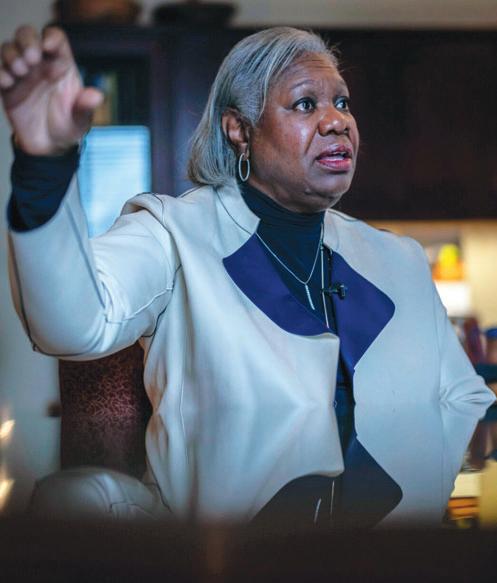
The president of a private university in Minnesota that was criticized for firing a professor who showed a depiction of the Prophet Muhammad in an art history class announced Monday that she is retiring next year. Hamline University said in a statement that the retirement of President Fayneese Miller will take effect on June 30, 2024. Neither Miller nor the university directly referenced the controversy in the statement announcing her upcoming departure and search for a replacement. The closet the statement came was when Miller expressed pride in “creating a sense of belonging for all on campus.”









